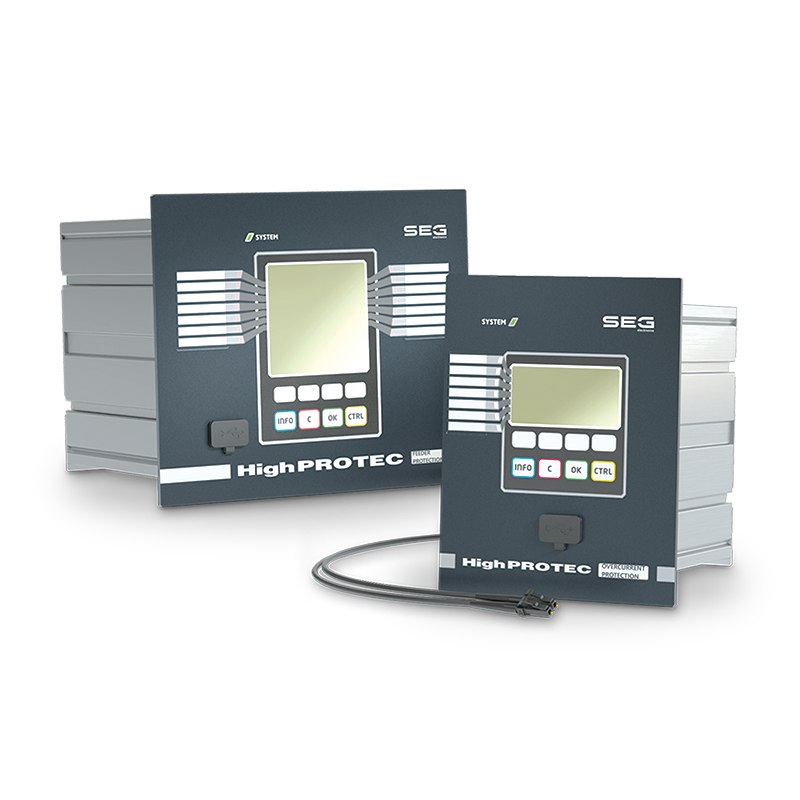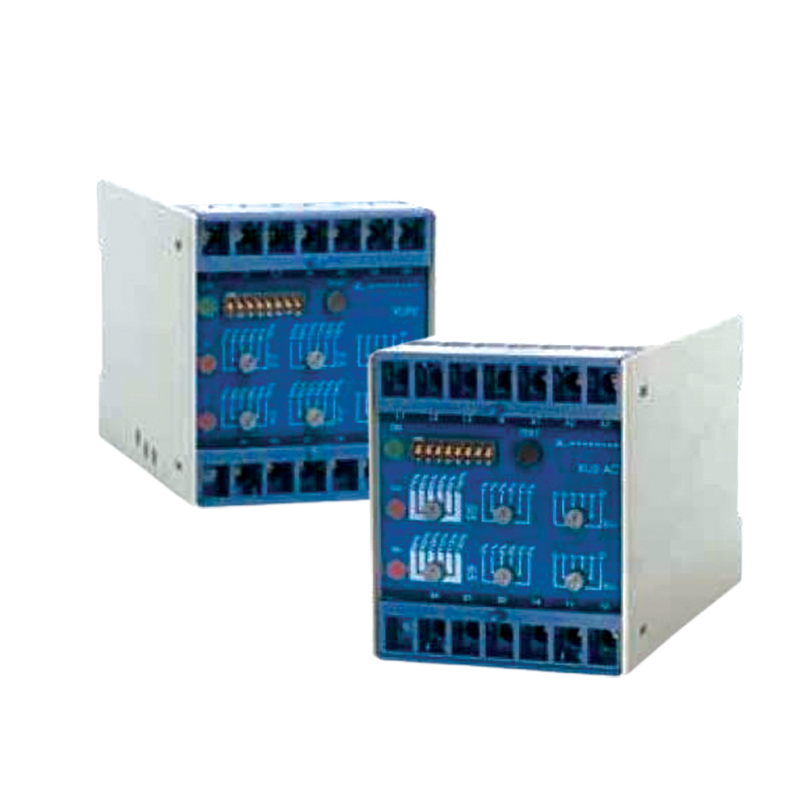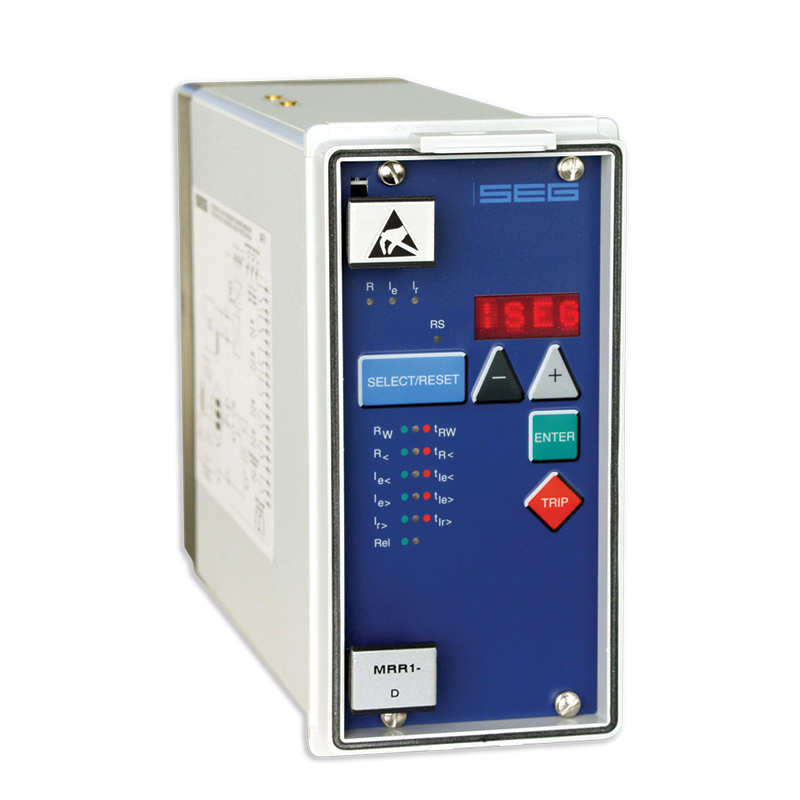Complete PLC Solutions: Working Principle, Programming, & Software
PLC Solutions Working Principle, Programming, & Software A PLC company like us (AAXIS NANO) specializes in automation solutions using Programmable Logic Controllers (PLC full form), which are industrial digital computers designed for controlling manufacturing and electrical processes. The PLC working principle involves scanning inputs, executing control logic, and updating outputs in a continuous loop. Understanding the basic concept of PLC is essential for designing reliable, real-time systems that enhance productivity. As a critical component throughout the product life cycle—from development to optimization—PLCs enable smart, scalable, and efficient control in industries ranging from manufacturing to infrastructure. Mastery of PLC programming, integration with PLC electrical systems. What is PLC? Understanding the Full Form and Basic Concept PLC Full Form The full form of PLC is Programmable Logic Controller. It is an industrial-grade digital computer designed to control manufacturing processes, like assembly lines, robotic devices, or any activity requiring high-reliability automation and process control. What is the Basic Concept of PLC? The basic concept of PLC revolves around automation. PLCs continuously monitor inputs, make decisions based on a custom program, and trigger outputs to automate tasks. Core Elements of a PLC: Input Module: Sensors, switches, and meters send signals. CPU (Processor): Executes logic and control instructions. Memory: Stores user program and data. Output Module: Relays, motors, solenoids, alarms, etc. Power Supply: Feeds the system (24VDC or 230VAC usually). How Does a PLC Work? – PLC Working Principle Working Principle of a PLC A PLC works in a loop-based architecture: Scan Inputs: Gathers data from input devices. Execute Logic: Runs the control program (ladder logic, FBD, etc.). Update Outputs: Sends signals to actuators or machines. Repeat Continuously: This scan cycle happens rapidly (in milliseconds). PLCs offer deterministic execution—meaning they work with real-time responsiveness and accuracy, making them ideal for critical control systems. PLC Electrical Systems and Applications What is PLC Electrical? PLC electrical refers to the integration of PLCs in electrical control systems for automation. It includes: Wiring of input/output modules Control panel design Relay logic replacement Motor and drive control Where Are PLC Electrical Systems Used? Industrial automation HVAC systems Water treatment plants Smart factories (Industry 4.0) Building management systems With PLCs, manual electrical controls are replaced with intelligent digital control systems. PLC Software: Tools that Make Programming Easy Popular PLC Software The software environment allows you to program, monitor, and debug PLCs. Brand PLC Software Use Case Siemens TIA Portal Advanced automation projects Allen Bradley RSLogix 5000 Industrial systems, manufacturing Omron CX-Programmer Factory automation Schneider EcoStruxure Machine Expert Energy, motion & automation Functions of PLC Software: Write Logic Simulate Programs Monitor Real-Time Operations Upload/Download Projects Most tools support IEC 61131-3 standard languages like: Ladder Logic (LD) Function Block Diagram (FBD) Structured Text (ST) PLC Programming: From Logic to Control What is PLC Programming? PLC programming involves creating a set of instructions that tells the PLC how to behave under different conditions. PLC Programming Languages: Ladder Logic (LD): Visual and electrical circuit-like Function Block Diagram (FBD): Modular blocks Structured Text (ST): Similar to high-level languages like C PLC Siemens: Industry Standard in Automation Why Siemens PLC? PLC Siemens is a market leader for reliability and innovation. Their SIMATIC PLCs are known for: High-speed processing Scalable solutions Integrated HMI/SCADA Long life cycle and global support Popular Siemens PLC Models: S7-1200: Compact and cost-effective SIMATIC-S7-1200-CPU-1212C S7-1500: High-end performance SIMATIC-S7-1500 LOGO! 8: Smart relay for small applications LOGO! 8 Basic Module Applications: Smart factories Material handling Packaging automation Renewable energy Product Life Cycle (PLC) in Industrial Systems What is Product Life Cycle in PLC? In automation, the product life cycle (PLC) isn’t just marketing—it includes: Introduction: System design, PLC selection Growth: Process expansion, new features Maturity: Stable and optimized control Decline: Planning for upgrades PLCs play a crucial role throughout these stages, helping manufacturers adapt to changing needs and extend system longevity. We Offer Complete PLC Solutions for All Your Needs At our AAXIS NANO, we provide end-to-end solutions covering: ✔️ Consulting & System Design Tailored automation architecture based on your industry and need. ✔️ PLC Programming Services Custom logic development using Siemens, Allen Bradley, Omron, and more. ✔️ Electrical Control Panels Design and build of PLC-based panels, relay logic upgrades, and commissioning. Let’s Automate Your Success From “what is PLC and its working principle” to real-world implementations—we handle it all. Whether you’re a student, engineer, or business owner—we’ve got a PLC solution for you. 👉 Contact us today to get a free consultation.





